|
4/14/2019 1 Comment b/d Reversal Solutions!
There’s at least one student each year who reverses his/her b’s and d’s or just writes uppercase B’s and D’s (well, because that was an easier strategy to learn).
Should teachers be concerned? Are reversals a sign of dyslexia? Reversing letters is common until around age 7. Here are some tricks to reverse reversals… 1. Have students fist pump themselves with their palms facing towards them. Stick their thumbs up and you have a b/d (this is a great indiscreet trick for older students too) 2. Draw a bed with the letters b and d - bd - draw a stick finger person laying down whose head lays down on the b 3. Draw a bat and ball to create a b and a drum with a drum stick for a d 4. Make an uppercase B and then, erase it's top b 5. Practice visual tracking with activities like the one in the image
Practice, practice, practice! But if there is no progress after all of that practice, then, a teacher should be concerned.
If dyslexia is the reason for the letter reversals, teachers may also note that students struggle with letter and number sequencing. And a word of caution... there is no evidence to suggest letter reversals are more common among dyslexic children, compared to same-aged peers learning how to read and write; however, it is more so that most children grow out of letter reversals, whereas students with dyslexia may be slower to. AND don't forget to rule out a visual processing disorder. By Miss Rae
1 Comment
4/13/2019 4 Comments How to Track IEP Data
The most important component of special education - next to the students - is the data!
Data is a special educator's lifeline. We employ data for eligibility determinations. We use it to monitor progress toward a student's IEP goals. We use it to set goals for students, determine extended year programming, report at meetings, and qualify our statements in meetings and on special education documents. We need the data to justify the TEAM's decision about a student's plan. We know the importance of data. The hard part is tracking it! Here's how I do it?
FIRST
I review at my students’ IEP goals and objectives. During this process, I pair each objective with an assessment. For example, if a student has a sight word reading goal using the Fry Word List, I pull out the Fry Word List. When I’m finished pairing assessments, I set a schedule for each probe. I typically begin the year with a full battery of assessments to obtain a baseline for a student’s goals and objectives. Some objectives are then tested weekly. For example, I will complete a weekly running record on a student’s reading. Other objectives I may assess monthly. This may be a student’s writing objective regarding a narrative piece of writing. As a result, I will plan to have a completed narrative writing piece once per month. I put this schedule into my Google Calendar and check this step off of my To Do List! You can also grab some of my favorite FREE progress monitoring assessments HERE! THEN I organize my students’ goals and objectives along with the assessments I have chosen for each on tracking forms. All forms contain a student’s name, goal(s), and objectives. The forms, then, vary by the assessment schedule. For example, some goals and/or objectives may need a spot for weekly tracking while others may need a monthly. When a student is assessed, I record the score (AKA the data) directly onto the form along with the date. This keeps my data all on one form that I can pull out on the spot when it is needed. So, if a parent states “Ben says he completes all of his work, but you lose it,” you can pull out your trusty form with evidence that Ben has completed 30 percent of his assignments in the last month. Or when it’s time to write Special Education progress reports, you don’t have to dread it. The data is at your fingertips.
The tool I use for this is my IEP Data Collection Progress Monitoring Forms and Cards for this.
You can grab my IEP Data Collection Progress Monitoring Forms and Cards from Miss Rae’s Room Teachers Pay Teachers Store HERE! If you need to track behavioral data, check out my BEHAVIOR Data Tracking Forms & Points Sheets!
Next
I break out the three-hole punch and get wild! I keep all of my tracking forms in a binder (because I grew up in the 80s, okay?!). When my caseload is on the small side, it makes my life easier to organize my binder sections by student. In this way, when I need my data for a particular student, I can quickly find it, and I don’t have to flip from section to section when I am writing reports. However, as caseloads sometimes grow over the years, it has become more efficient to have the sections organized by assessments. So when my Google Calendar alerts me that I need to test math fact fluency, I can quickly flip to the section containing the sight word assessments and tracking forms for that probe. I also keep reference sheets in my binder for easy access. For example, I always keep my DIBELS benchmarks with me at all times! Click
|
Using Running Records
From IEP writing to teaching to presenting at IEP meetings to many, many more important tasks, Special Educators must be skilled at varying and many areas of expertise; however, one aspect can be the most difficult to manage: PROGRESS MONITORING
The data is one of the single most paramount competencies of the field of Special Education; thus, data collection is one of the most critical skills a Special Education teacher can possess.
Without evidence, we just have beliefs, and beliefs do not hold up in court (remember IEPs are legal documents).
Data collection, on the other hand, can be annoying and cumbersome. Who wants to interrupt teaching to assess? And don't we assess our students enough?
As a result, then, assessment should be seamlessly integrated into teaching (and/or daily routines); but -
how do you do this when your 'small groups' have varying IEP goals and objectives?
However, even if I have 10 students with 3 working on comprehension, 3 working on phonics, 2 working on vocabulary, and 2 working on fluency, they are at least all working on the subject area of reading.
So no problem!
There are five facets of reading: phonemic awareness, phonics, and word study, vocabulary, fluency, and comprehension.
The first step, then, is to identify one assessment tool that can evaluate ALL students in ALL areas of reading.
The solution to all of these issues is employing what I call Reading Rubrics!
The research has proven that running records are subjective - click HERE to check out my blog about 5 Reasons to NOT use Fountas and Pinnell's running records as our benchmark systems. So I do not recommend basing a referral for Special Education services, basing future IEP goals, or even saying a student has met a goal based on a running record!
BUT - running records give us great information!
Running records give us great information!
Check out my running record templates HERE!
Comprehension is the understanding and interpretation of what is read. To be able to accurately understand written material, students need to be able to...
(1) decode what they read
(2) make connections between what they read and what they already know; and
(3) think deeply about what they have read.
We can look at each of these areas with one tool - the running record.
Reading Rubrics expand on the tool of a running record.
As students are reading aloud, collect data on the section they read.
Write down the errors of the student AND mark the section the student read. But, first, record the text level of the passage being read aloud.
This will not interrupt the flow of the lesson or the teaching AND it can be done for each student in the reading group without pause.
Later, convert the number of words a student read correctly into a percentage for word reading accuracy. For example, if you wrote down 10 words that were read incorrectly and 30 words were read in total, subtract the total number of words read incorrectly (errors) from the number of running words in the text. So, 30 - 10 = 20. Then, divide the answer (words read correctly) by the total number of running words or words read. So, 20 divided by 30 equals 67 percent.
Word accuracy can help determine the reading level of the student:
Easy Text: 96-100% accuracy
Instructional Text: 90-95% accuracy
Hard Text: below 90% accuracy
Running records, not only provide educators with word reading accuracy, they are also a tool for identifying error patterns. Therefore, take time to analyze the errors a student made when reading words. For example, did a student read the words with /ed/ endings incorrectly
Analyze a student's reading thoughts on what source the student is utilizing for word reading accuracy.
What are the lagging phonics skills?
Is the student applying learned skills, or are they guessing at words?
While a student is reading, use a timer to gain a fluency score for a student. How many words does the student read accurately in one minute?
The Hasbrouck-Tindal oral reading fluency chart is a good tool for grade level fluency standards. The chart correlates oral reading fluency rates of students in grades 1 through 8, as determined by data collected by Jan Hasbrouck and Gerald Tindal to grade level expectations.
Vocabulary and Comprehension (Connections and Understanding)
When a student has finished reading a text aloud, quickly assess his/her oral reading comprehension.
Tell me about what you read. What was the setting? Who are the characters? What does this word mean in the text? What is the problem? Why was this a problem for the character? Did the characters try to solve the problem? How?
When we assess a student's reading comprehension, the information we need to collect should describe how well the student does with particular types of texts. Our information should look at a student's understanding of text in terms of discourse types, length, topic familiarity, and difficulty. This is more conclusive data than trying to figure out which comprehension skills the individual question responses may reveal.
Note the level of prompting that the teacher provided.
Record the students level of comprehension on both literal and inferential questions.
The answers will enable the teacher to subjectively assess the student's general understanding of the text.
Here's a quick video on how I use RUNNING RECORDS with my students!
While all of this data will not provide enough for evaluation purposes, Reading Rubrics will act as instructional tools AND data collection tools for progress reporting toward IEP goals!
Happy & Healthy Teaching!
PEACE,
Miss Rae
Related blogs...
8/9/2018 0 Comments
How to Create an IEP at a Glance: A Step-by-Step Guide for Special Education Teachers
It allows for quick reference of ...
*goals/objectives
*strengths
*accommodations
*modifications
*instructional services
*specially designed instructions
You can create these at the beginning of the year and pass them out to all staff who work with your students!
Click HERE to grab this IEP at a Glance for FREE!
Click HERE to grab this related resource too!
The BEST Special Education Teacher Binder
* * EDITABLE * FREE updates for life * *
#1 Special Education teachers will target students’ lagging skills to close the achievement gap.
#2 Special Education teachers will provide intervention to facilitate access to grade level skills.
I don’t know about you, but my diploma had my name on it; not Harry Houdini’s! We are not magicians!
So how do we achieve our educator goals while helping our students achieve their learning goals?
When a student is receiving special education supports, he/she should be receiving explicit direct targeted instruction of lagging skills as well as strategies to help them access the general education curriculum in order to close the achievement gap AND enable Special Education students to gain independence with their learning disability.
So how do we lesson plan for our special education students?
All Special Education instruction should include targeted skill instruction, strategy instruction, and applied practice.
Targeted Skill Instruction
Targeted Skill Instruction means direct and explicit teaching of a student’s lagging skills. This instruction incorporates a variety of research-based strategies and varying teacher to student-centered instruction.
Special Education teachers must directly and explicitly teach the skills that are required for a student to move to the next level of learning. There is a hierarchy to our learning standards. Special Education students’ foundational competencies are often areas of deficit.
For example, if a student is a struggling reader, this portion of the lesson may teach phonics skills for decoding. There may be time spent on decoding words in isolation.
Typically, skill instruction is supported with scientifically-based systematic, multisensory instructional programs for Special Education students.
Strategy
Special Education students, specifically those diagnosed with a learning disability, learn best with strategies.
Think of strategies as scaffolded supports. You are teaching a trick to a student. This trick enables him/her to access the general education curriculum independently!
Scaffolded supports should enable students to gain greater independence in their learning.
For example, when instructing my students on how to respond to a text-based question, I teach them the RACE strategy. This response strategy helps them articulate their ideas into written form. It also enables them to connect their thinking to the text.
RACE = Restate, Answer, Cite the evidence, Explain the evidence
Students begin by Restating (Race) the question. For this, they learn TTQA (Turn That Question Around). This is another strategy.
Next, students Answer the question (rAce).
After answering the question, students Cite textual evidence that supports their answer (raCe).
Finally, they Explain how this evidence supports their answer (racE).
Strategies like TTQA and RACE provide students with tools for independently accessing academic content.
Begin with the skill, teach the strategy, and then, allow student multiple variations of practice and application of the skill, using the strategy until mastery is achieved.
Applied Practice
Decades of research has shown the benefits of inclusion on the educational progress of special education students. There is no denying this!
After direct instruction of a strategy, Special Education students should be allowed independent practice with the strategy within the Special Education setting and/or small group setting. Students should also be provided the opportunity to practice the skill in the general education setting. This should lead toward independent and generalized application of the skill!
And once a Special Education student can independently apply strategies to access the general education curriculum, we have achieved our goal as teachers!
Special education students have to work that much harder than the norm. So as special education teachers, we also have to work that much harder. We not only have to teach our students learning strategies for long-term, independent success, but we also have to simultaneously teach grade level standards and remediate lagging skills to close the gap!
I tell my students they have to work that much harder. And it’s not an excuse. It’s just what it is. You have to work harder to achieve. And there’s nothing wrong with that. It just proves you’re that much stronger. That much braver. And it means that much more when you achieve!
~By Miss Rae
Categories
All 504 Academic Testing Academic Testing Reports Achievement Testing Reports Back To School B/d Reversals Coronavirus COVID-19 Discrepancy Model Distance Learning Distance Learning With LD ELL Emotional Disability Executive Functioning Extended School Year First Year Special Education Teacher Advice Fluid Reasoning FREEBIES Goal Tracking IEP IEP At A Glance IEP Goals IEP Meetings Learning Disability Oral Reading Fluency Positive Affirmations For Special Education Students Progress Monitoring Reading Remote Learning RTI Rubrics Running Records SEL For Learning Disabilities Social Emotional Learning Special Ed Teacher Interview Questions Special Ed Teacher Job Description Special Education Special Education Progress Reports Special Education Reading Special Education Reading Programs Special Education Students Special Education Teachers Special Education Teachers Positive Affirmations Special Education Teacher Tips Special Education Websites Specially Designed Reading Instruction Teaching Strategy Trauma Wilson Reading Wilson Reading IEP Goals Writer's Workshop
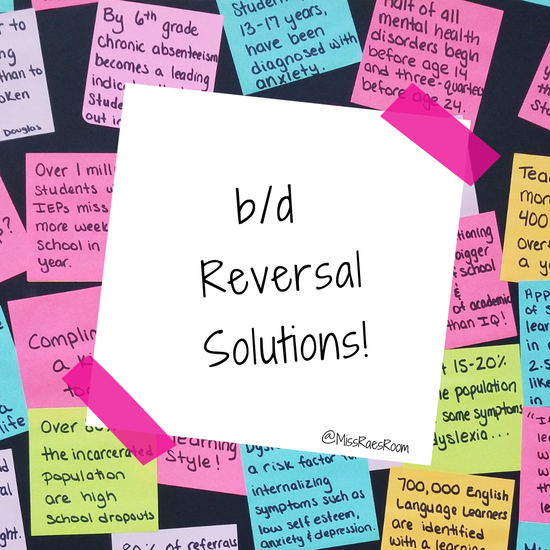
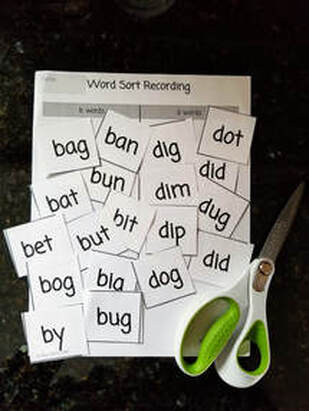
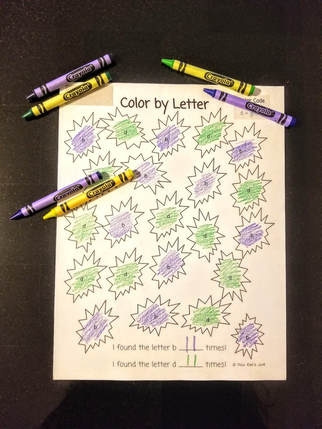
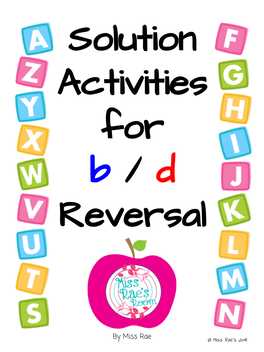
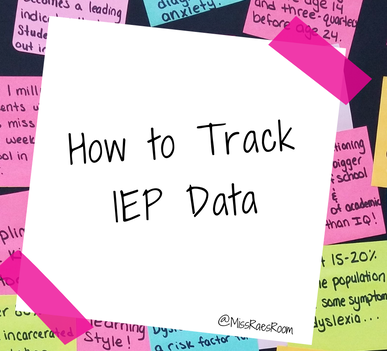
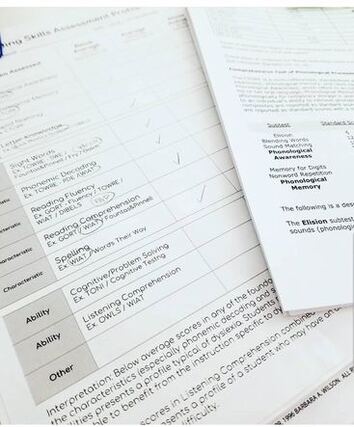
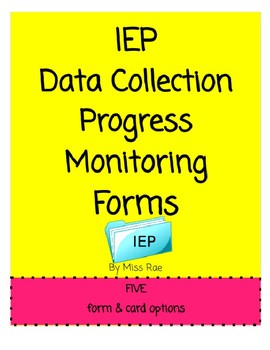
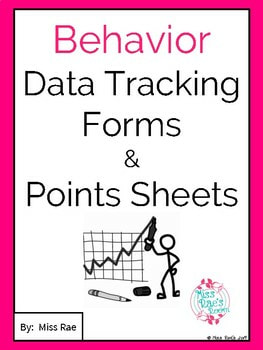
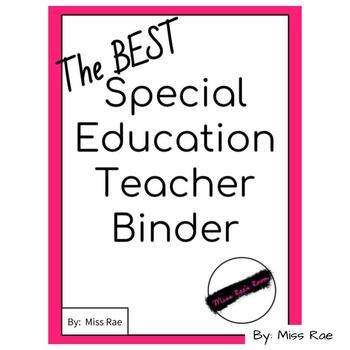
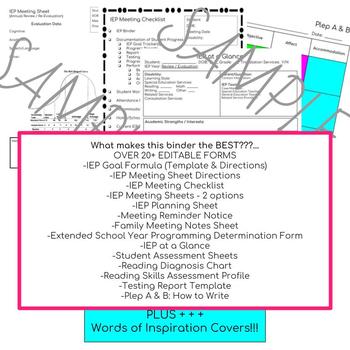
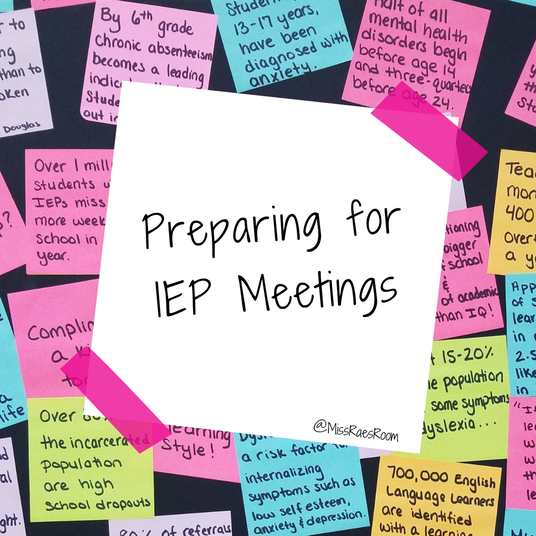
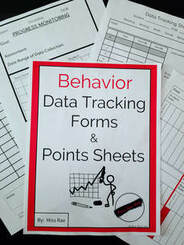
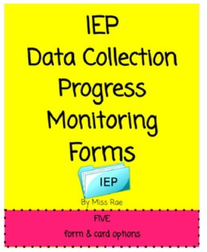
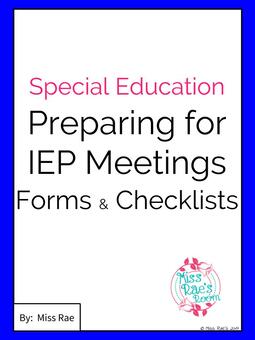
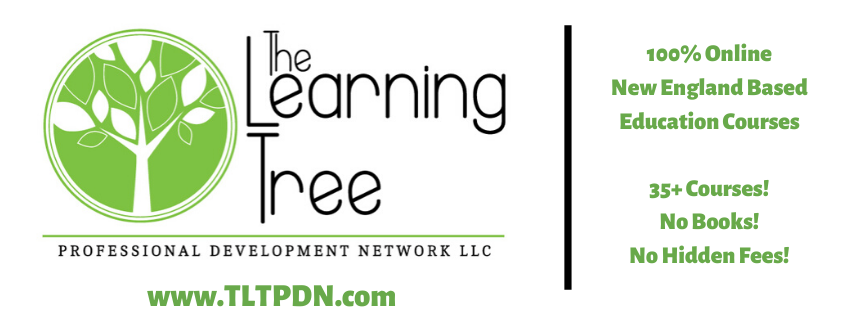
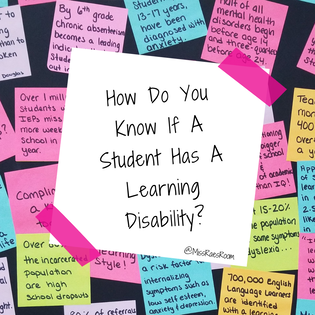
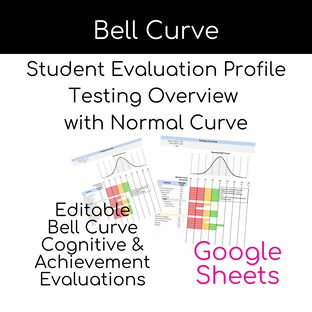
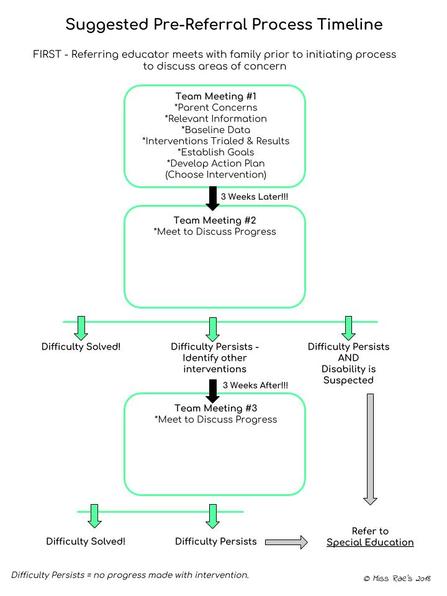
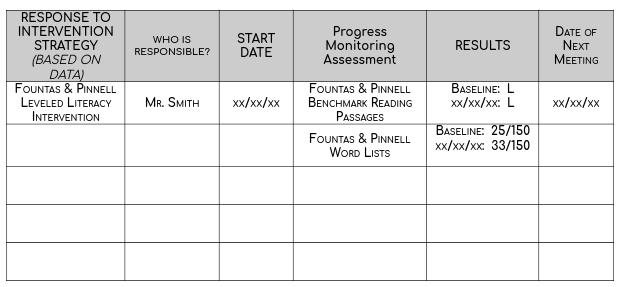
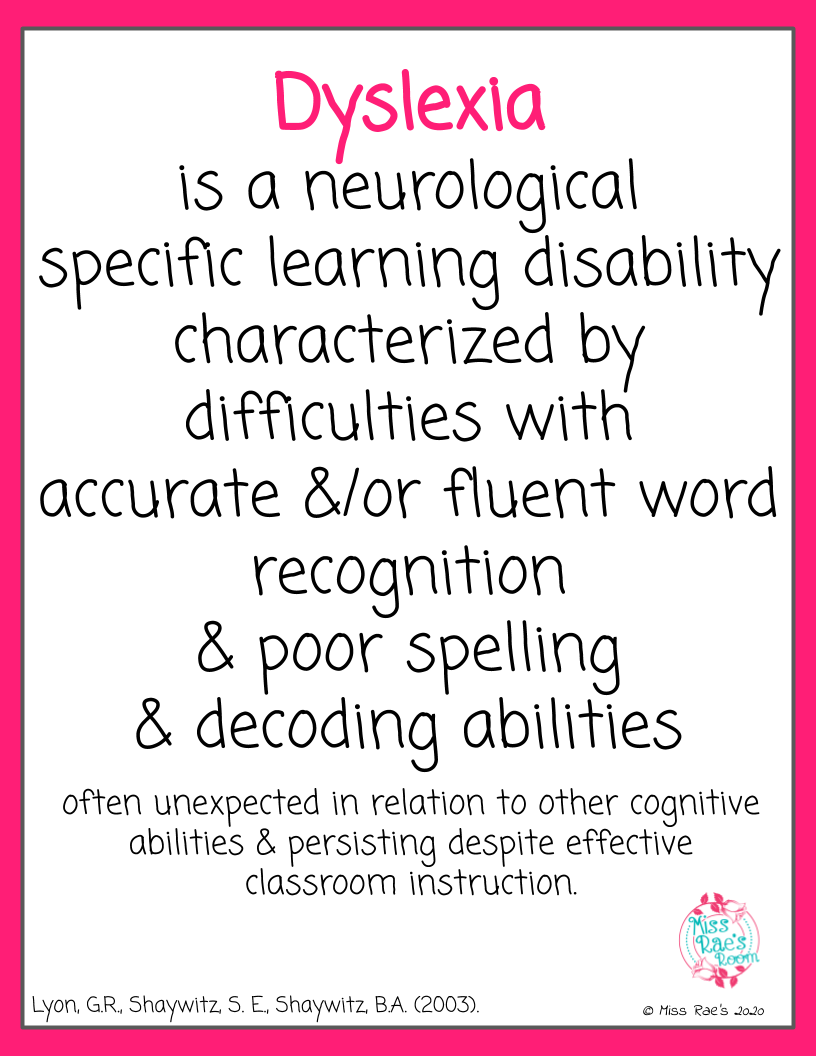
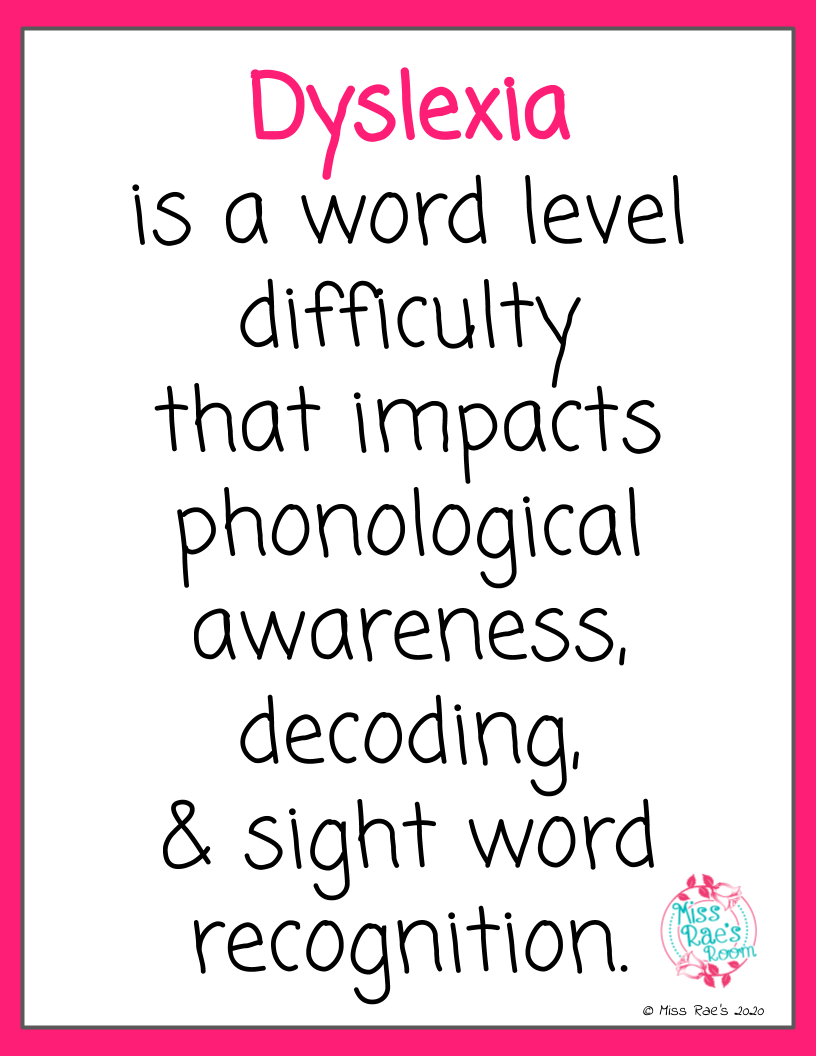
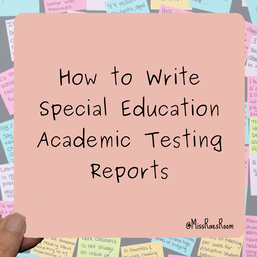

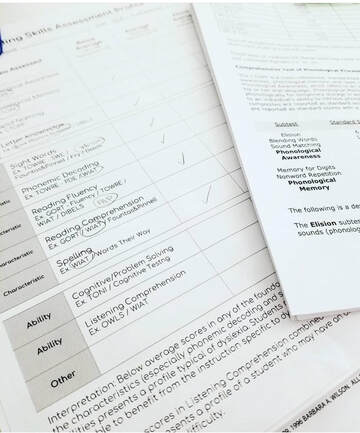
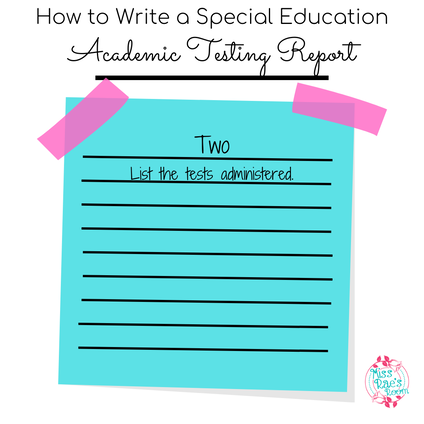
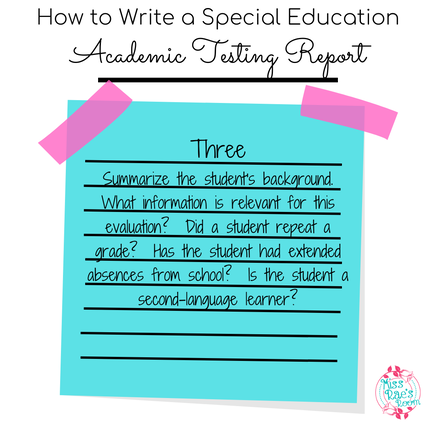
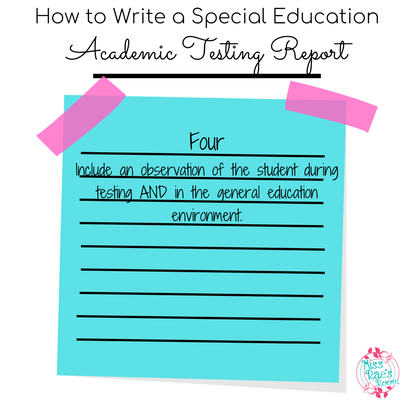
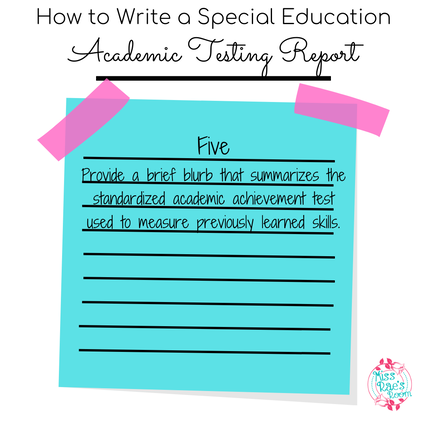


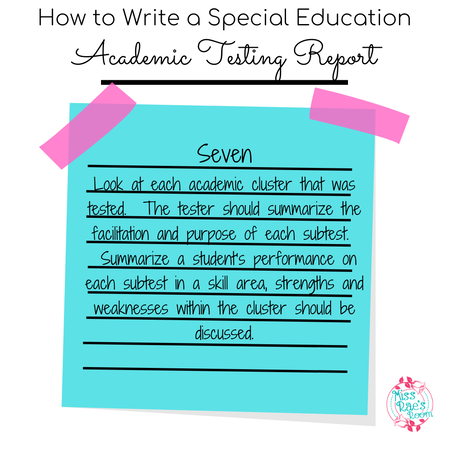
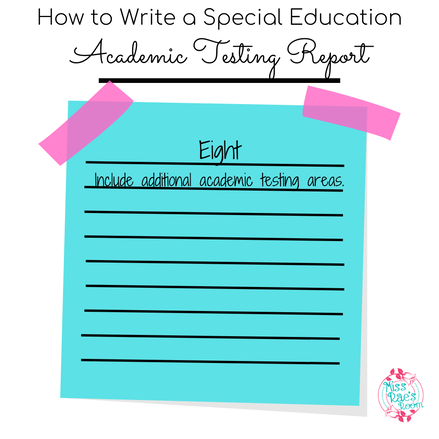
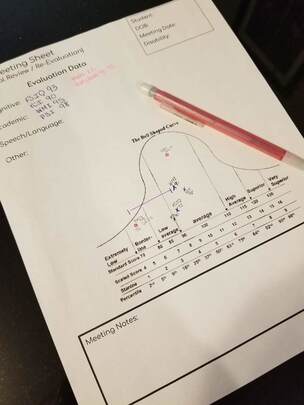
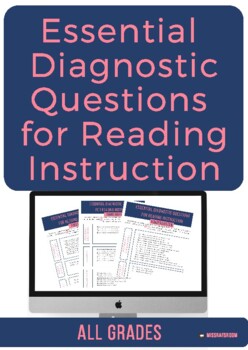
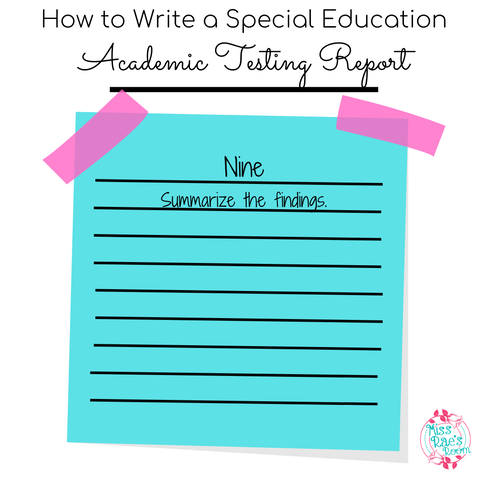
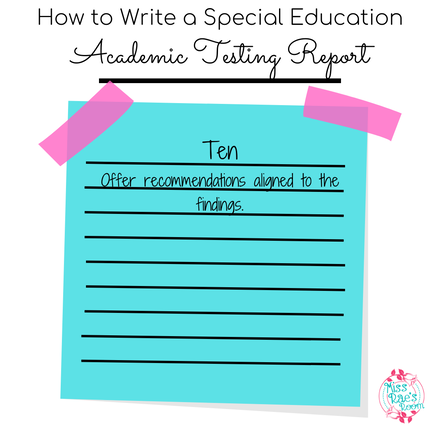
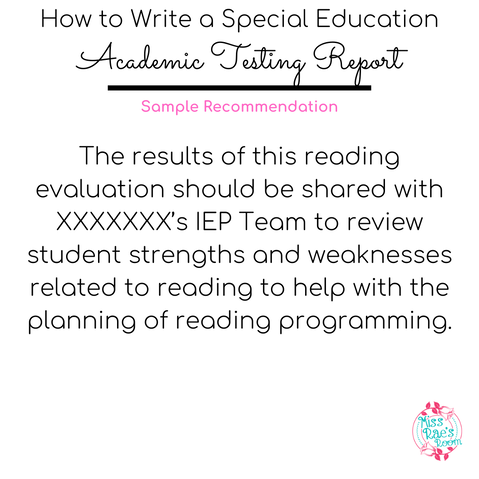
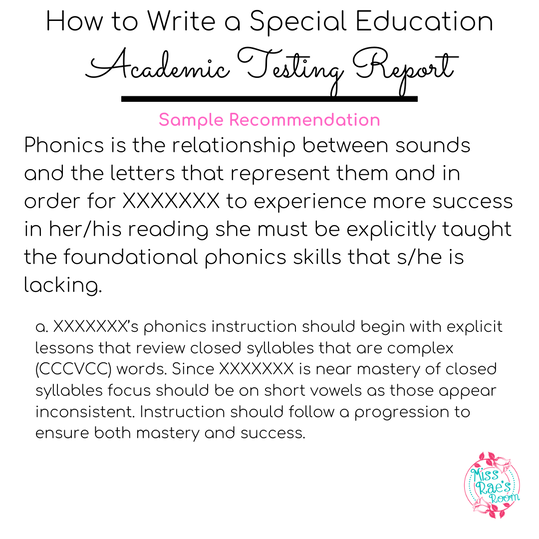
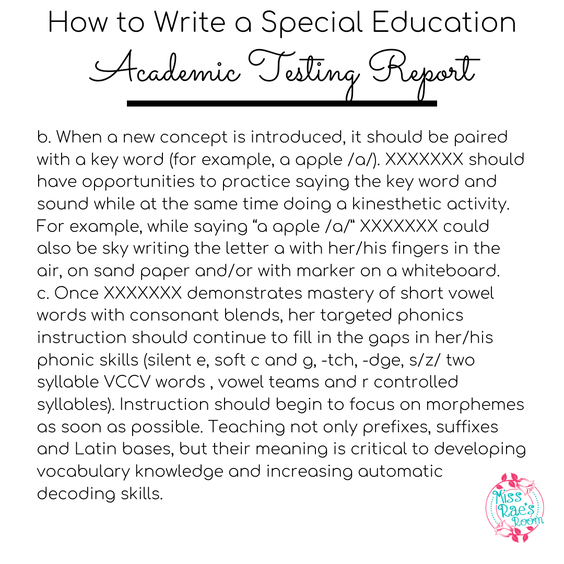
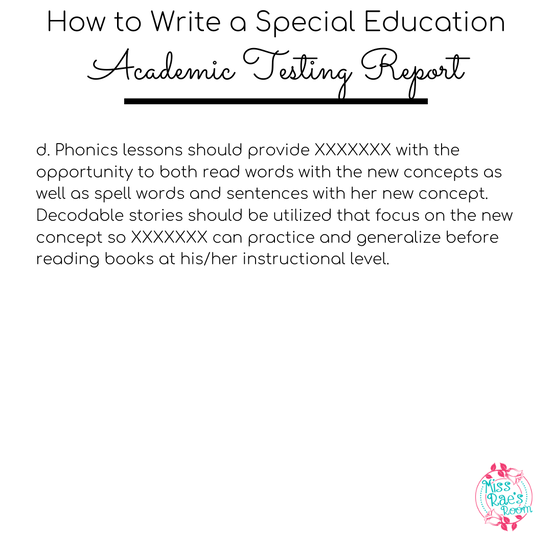
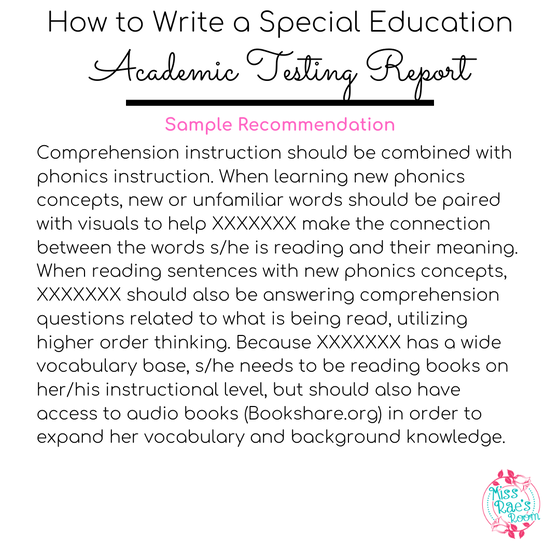
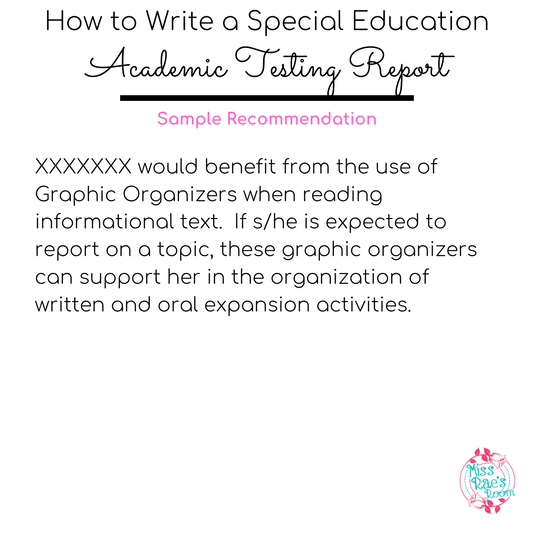

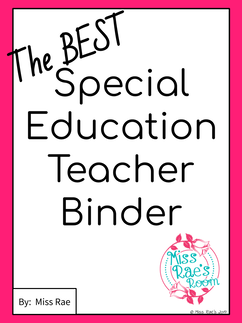
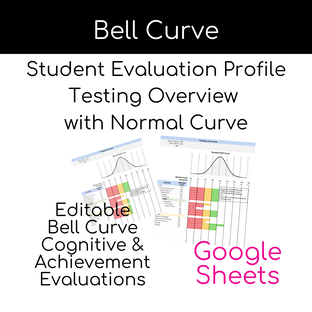
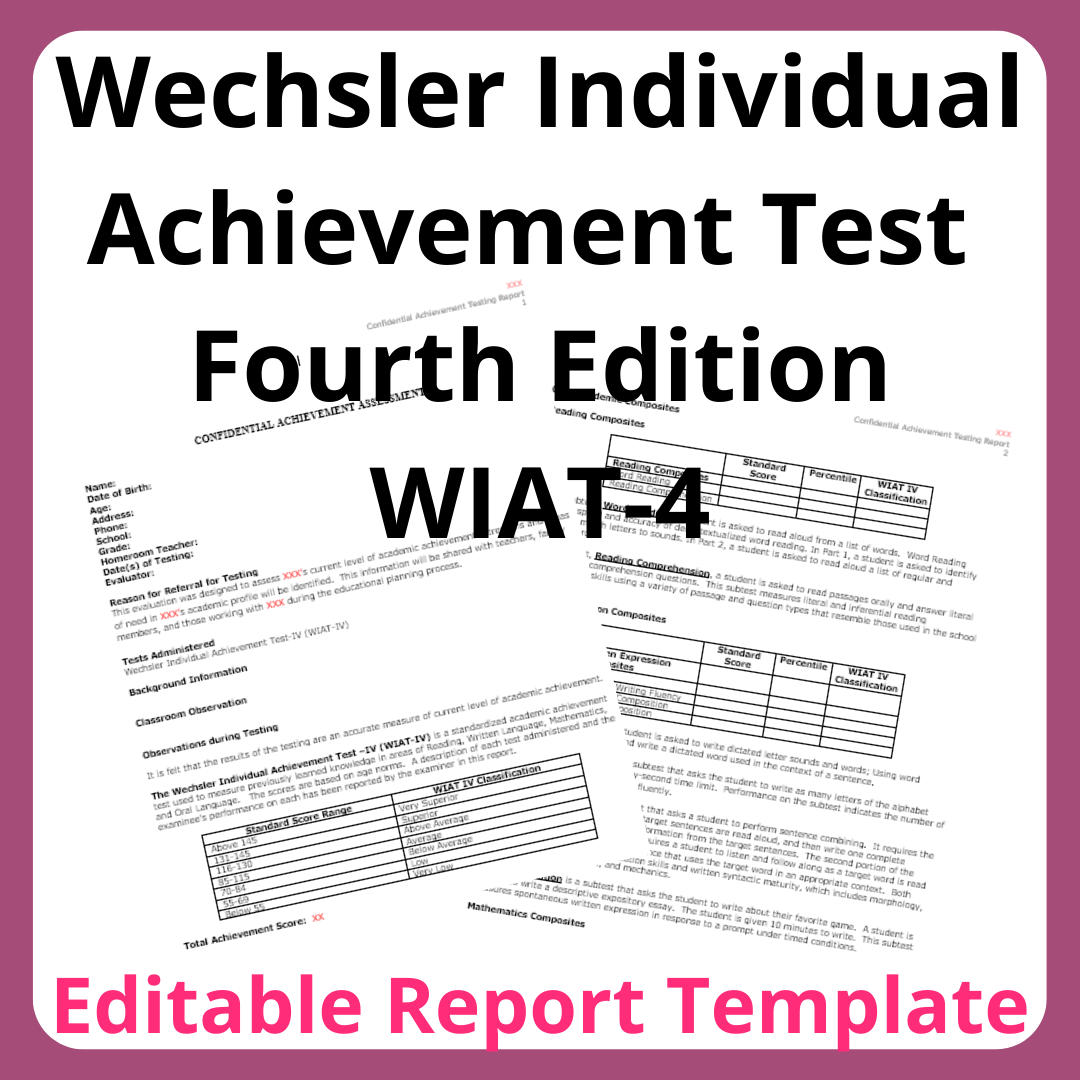
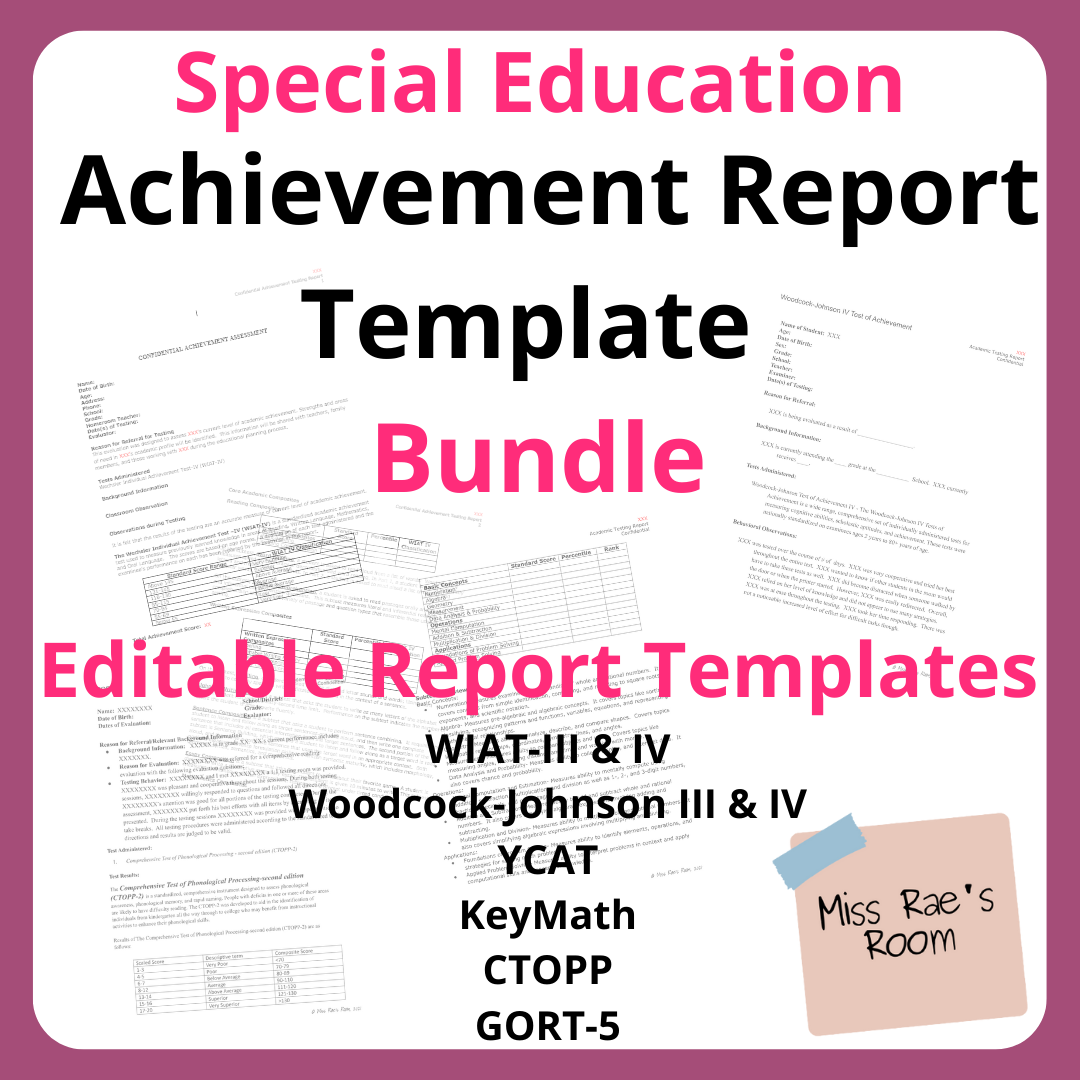
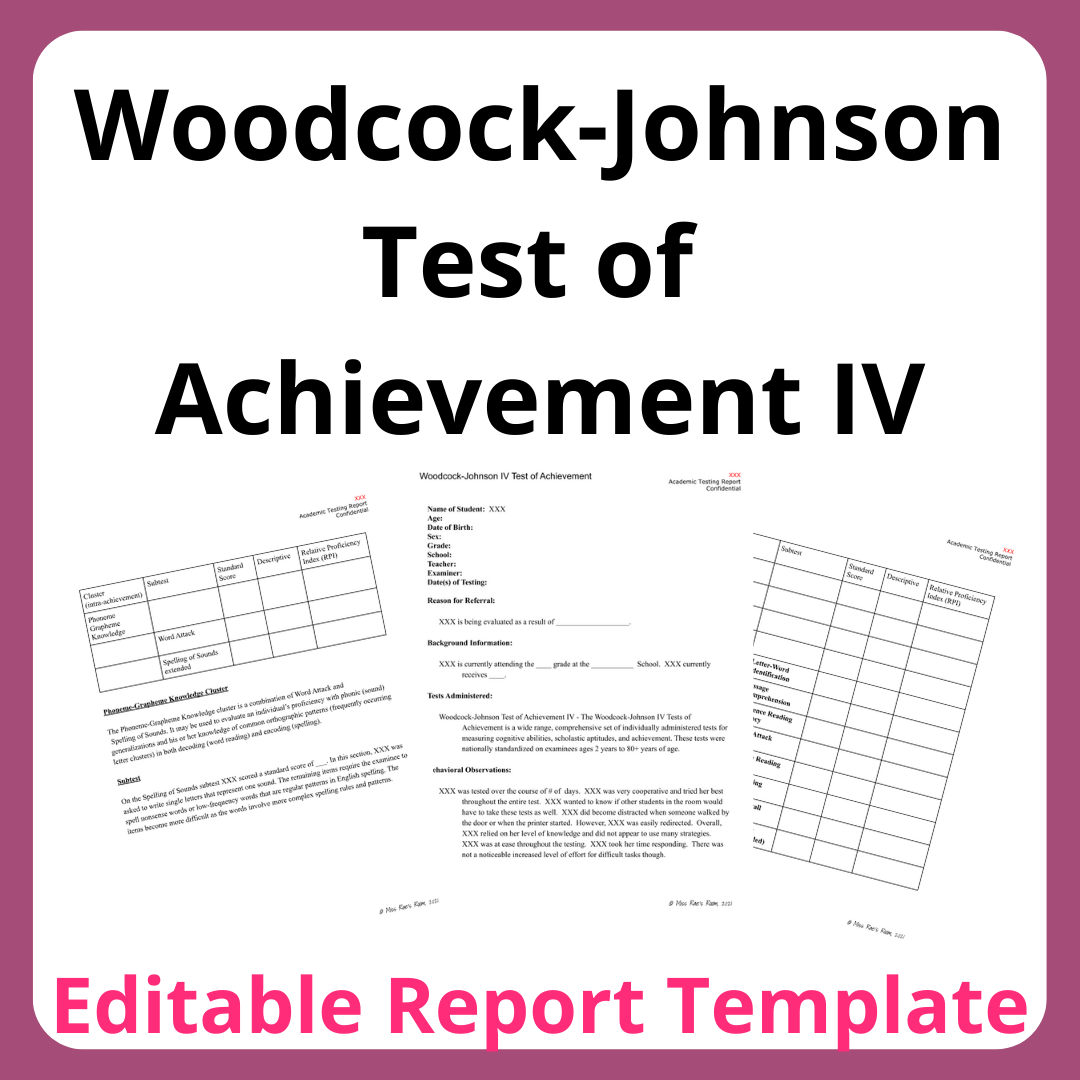
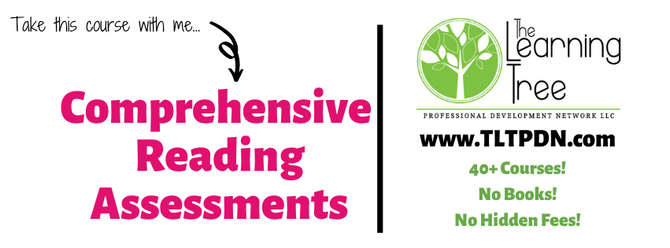
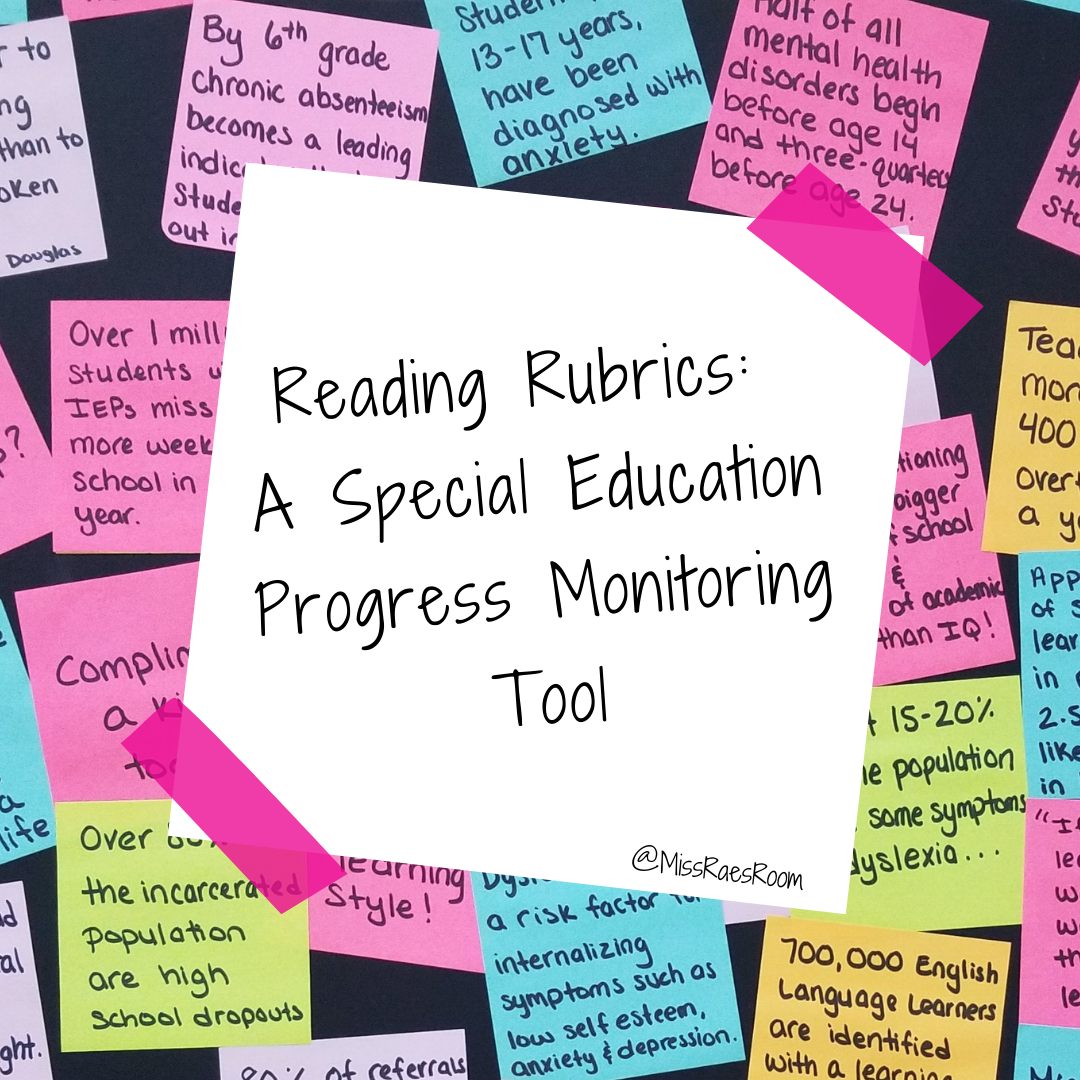
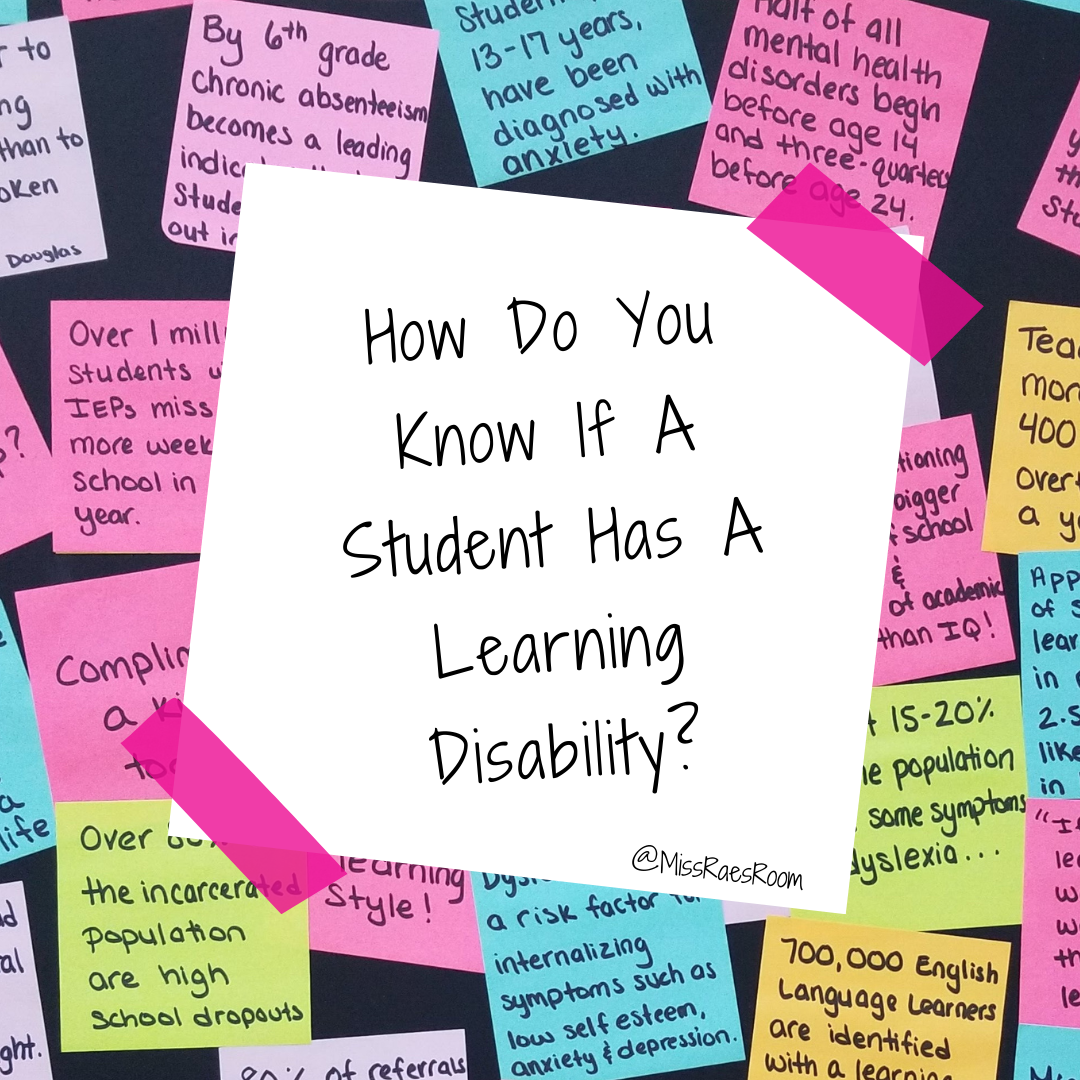
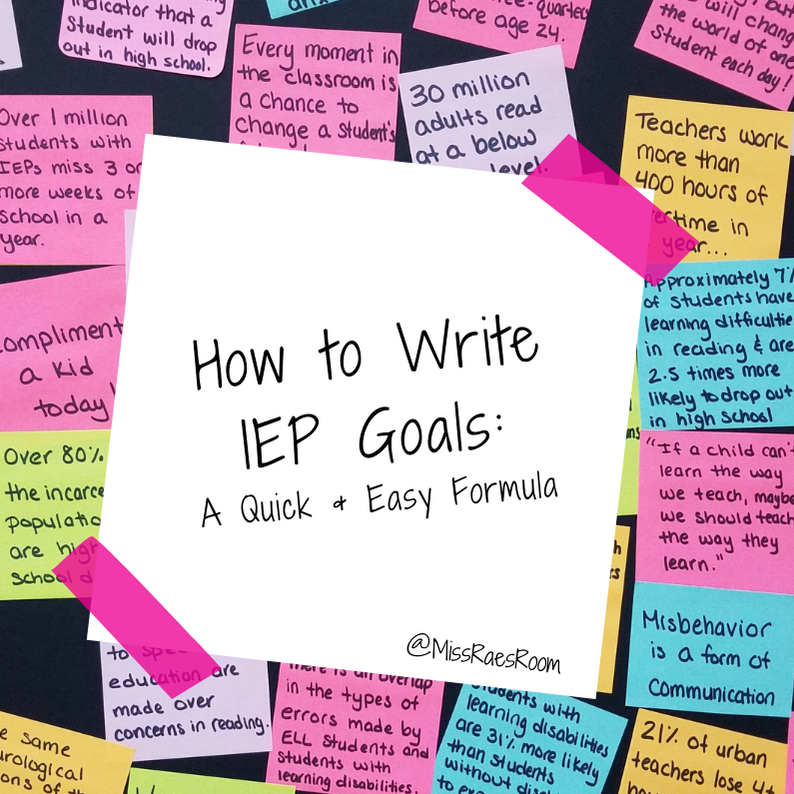
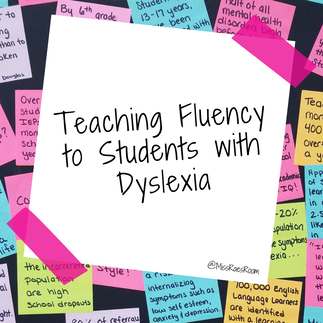
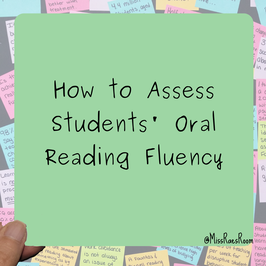
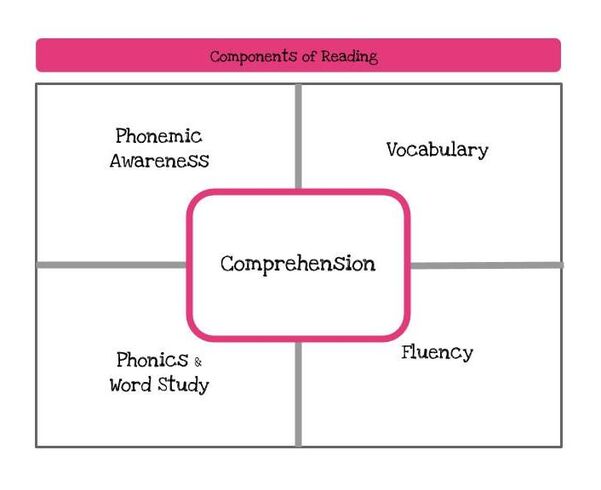
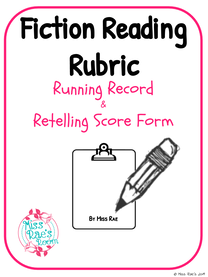
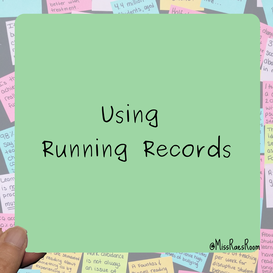
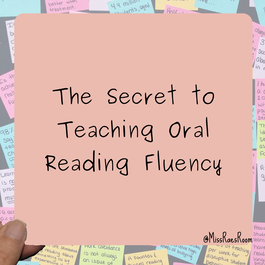
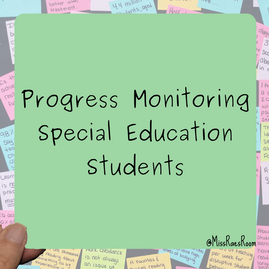
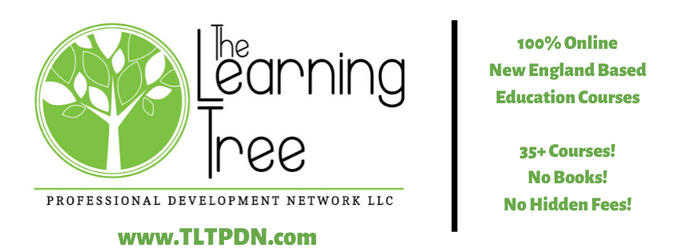

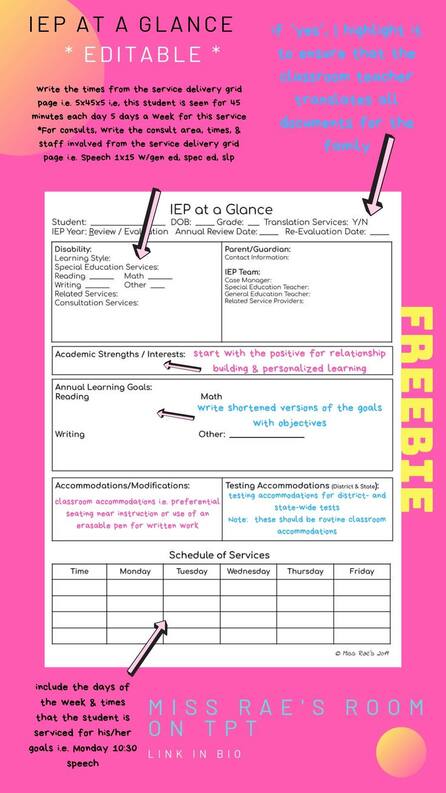
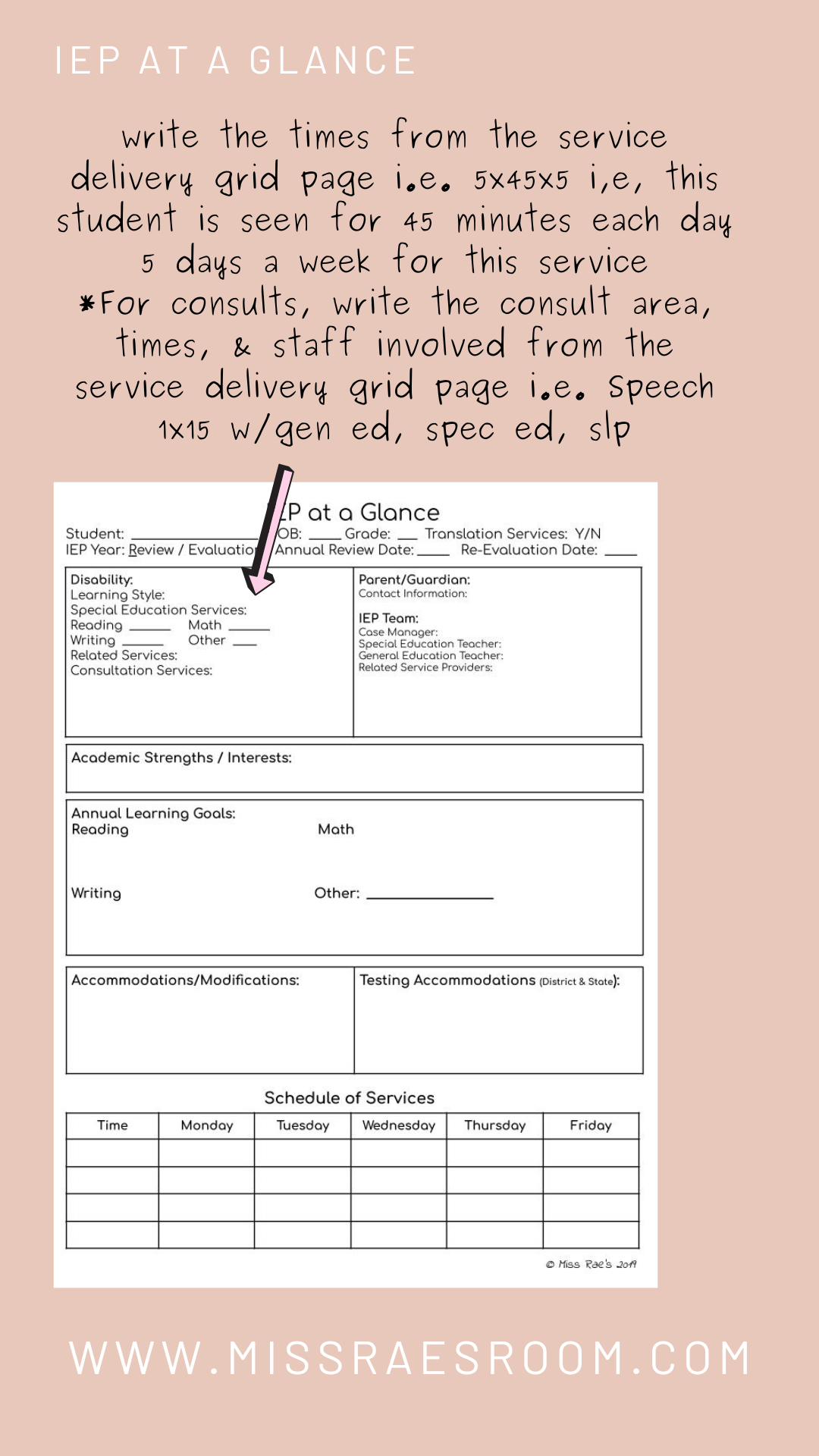
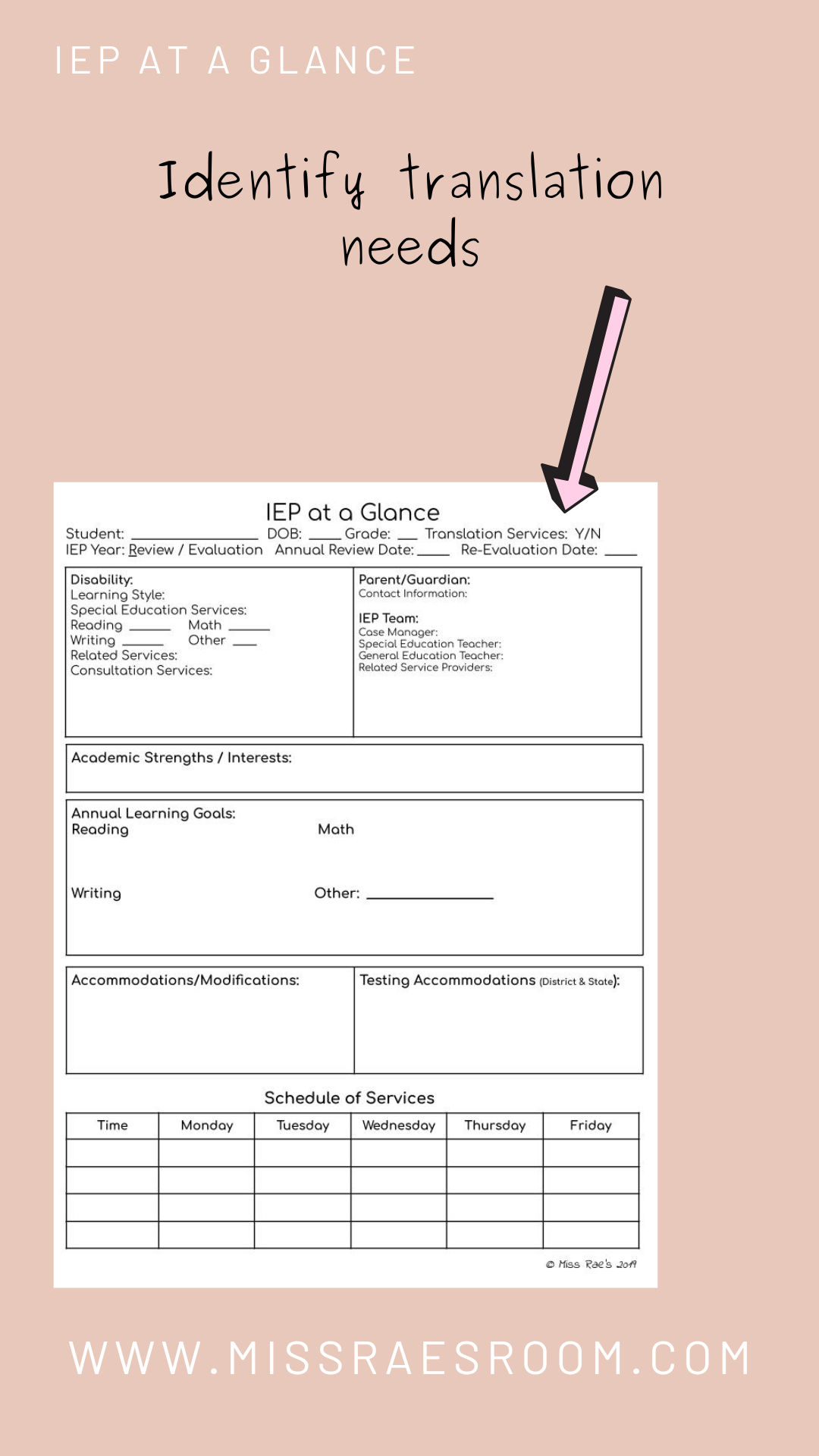
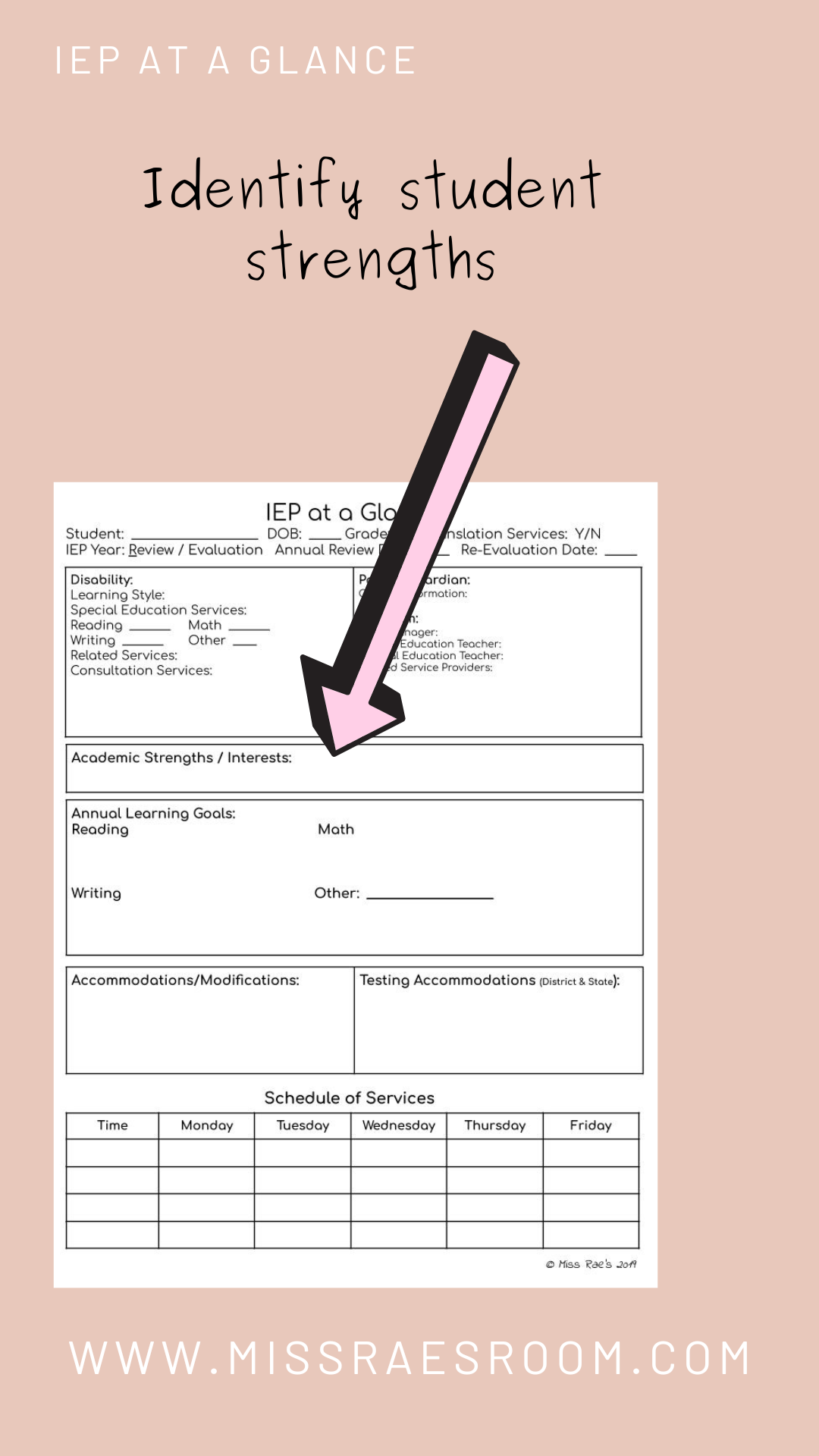
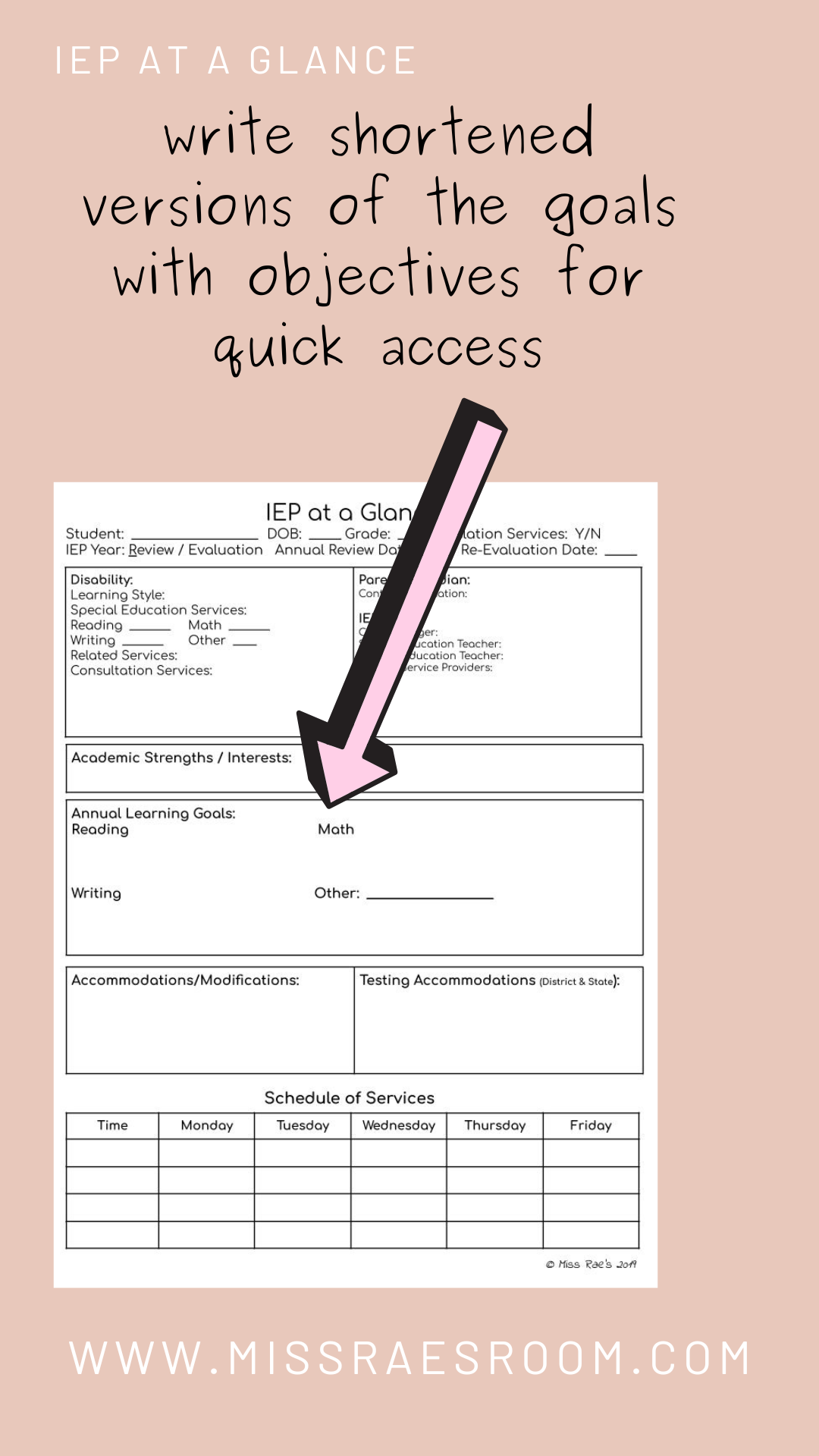
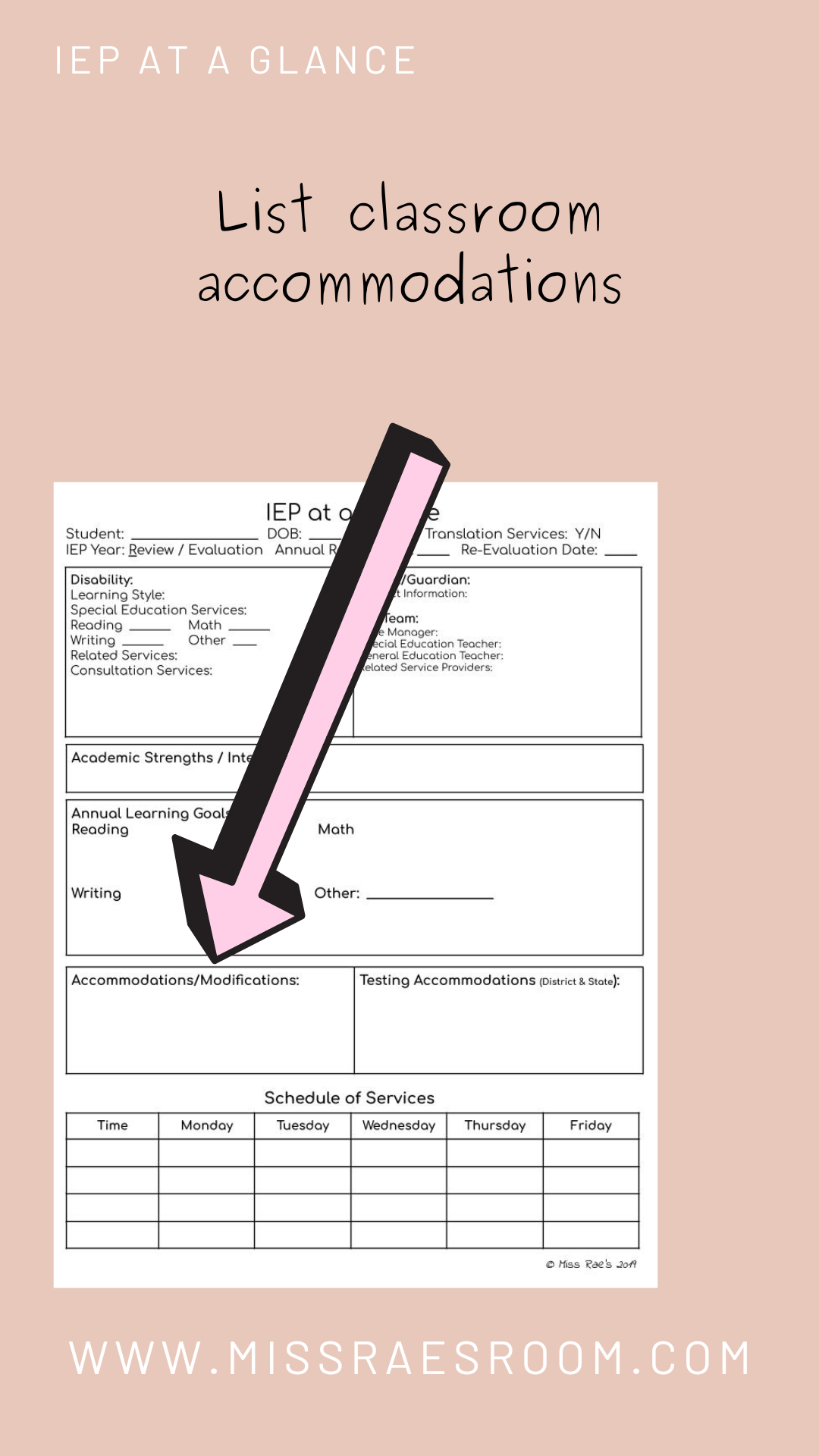
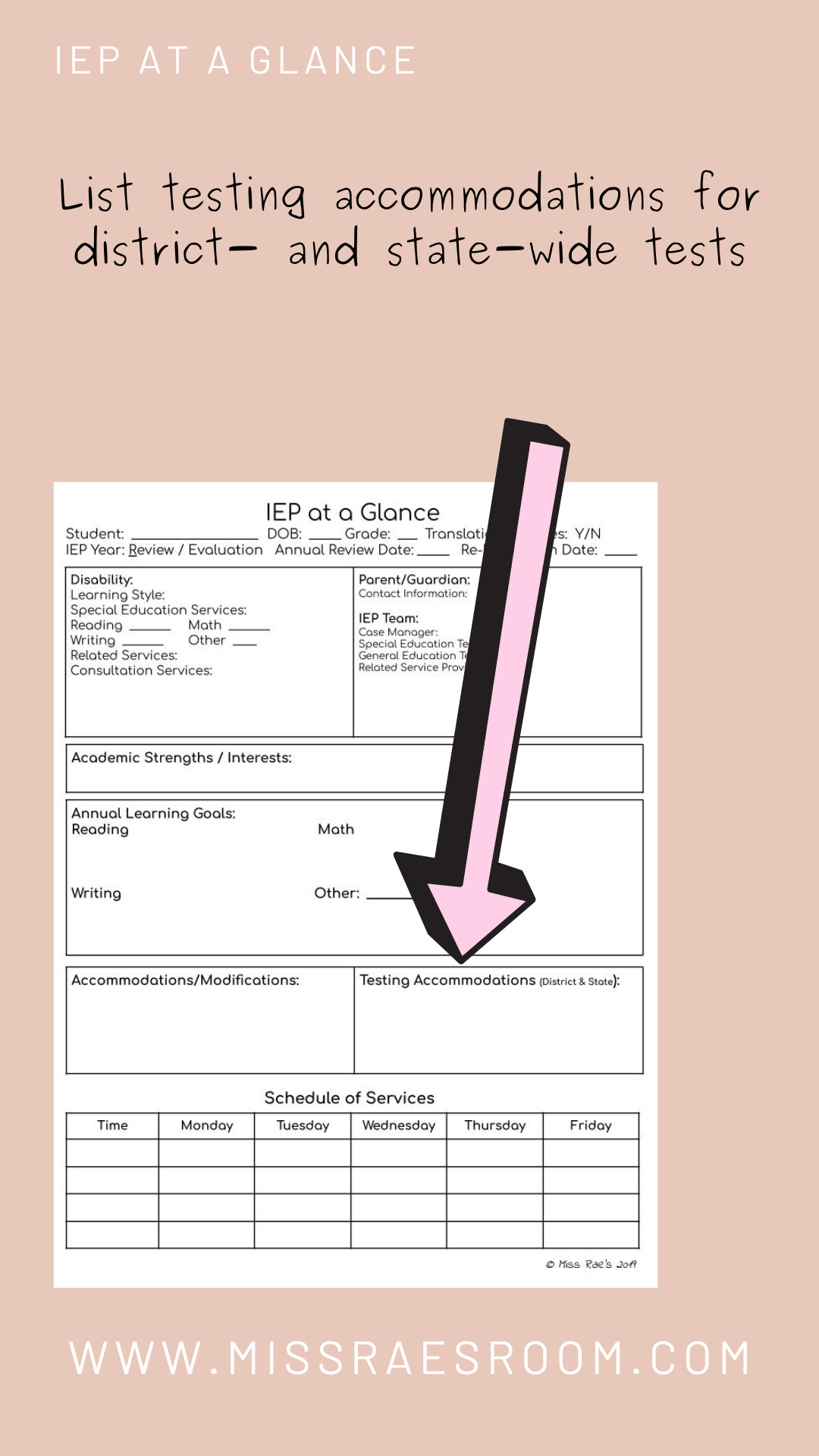

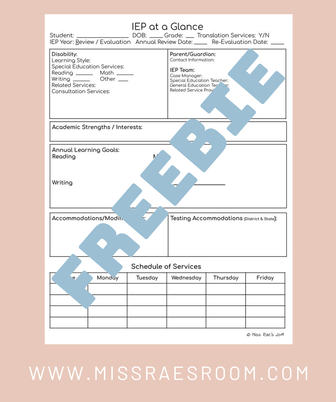
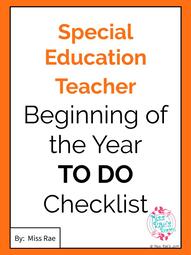

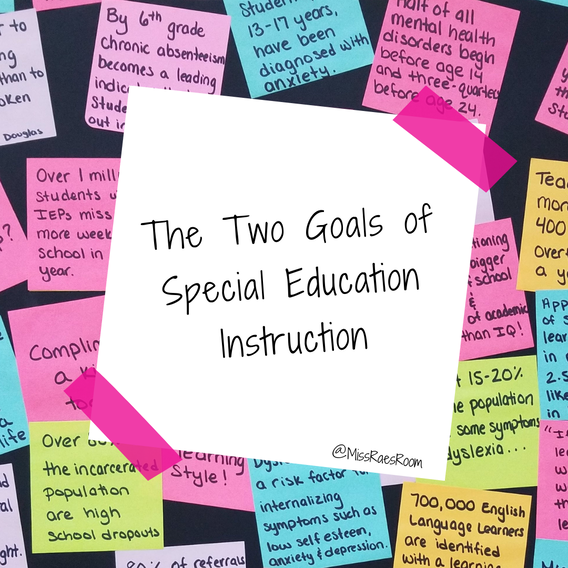
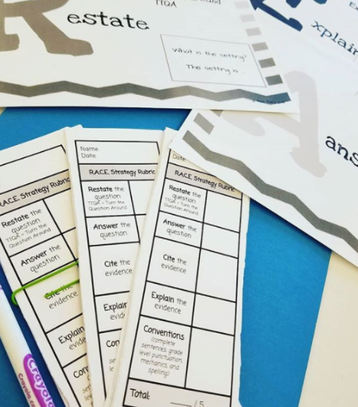
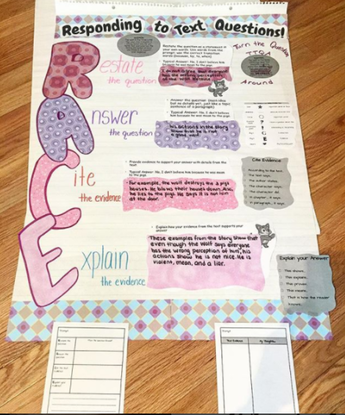

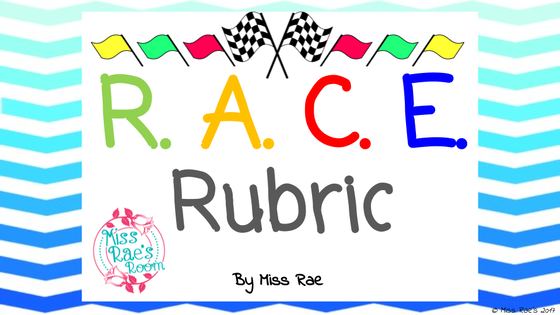
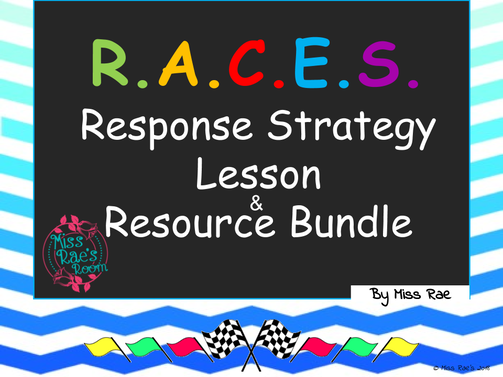
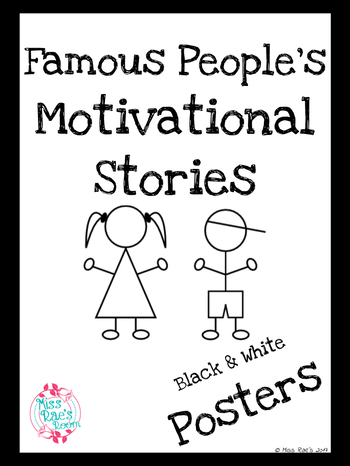
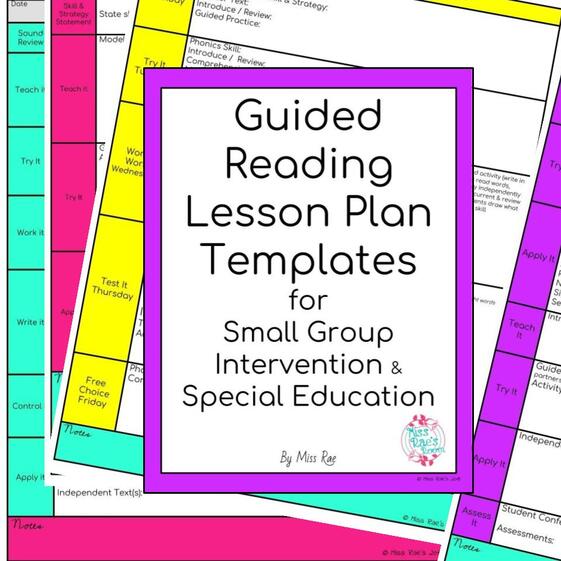
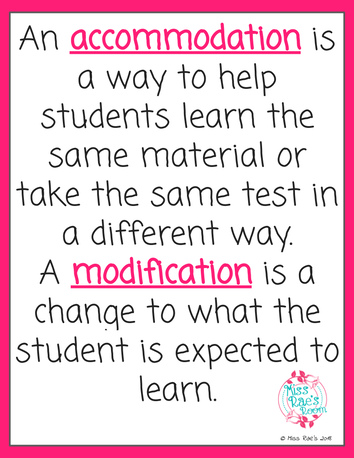
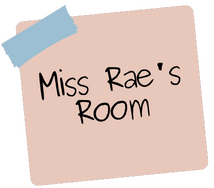
 RSS Feed
RSS Feed